All rights reserved
English
EUCALYPTUS essential oil, 10 ml
€4.50
Rated 5.00 out of 5 based on 1 customer rating
(0 customer reviews)
Eucalyptus essential oil is produced from the evergreen ball eucalyptus (Eucalyptus globulus Labill.) leaves and young twigs, using the steam distillation method. Eucalyptus essential oil has a very intensive, distinctive scent of camphor.
Usage: Odor is pungent, camphor-like, with a sweet woody aftertaste. This aroma promotes alertness and refreshes. For an aromatic bath – 12-14 drops per 100 l of water. A bath enriched with the aroma of essential oil will allow the body to immerse itself in the unique world of plant scents, and the spirit to rise above everyday life. Lying, sitting, as well as hand or foot baths are useful. Since essential oils do not dissolve in water, it is convenient to mix them in a tablespoon of honey before pouring them into the bath. Essential oils cannot be poured into a hot bath, as they will evaporate quickly, the best water temperature is 36-37o C. You should take a shower before the bath, no detergents should be used in the aromatic bath, as they reduce the effectiveness of the procedure. It is advisable to stay in the bath for 10-20 minutes. After the bath, you don’t need to pour water over it, just wipe it off with a soft towel.
Bathing in an aromatic bath is a very pleasant way to relax after a physically and mentally hard day’s work, to warm up in the fresh air. A warm bath with “Mint” essential oil will evaporate fatigue and tension, making room for divine relaxation and bliss…
For massage – 14-20 drops in 20 g (2 tablespoons) of fatty oil. Massage improves blood circulation and reduces stress, and essential oils, given their wonderful properties and scents, can enhance positive emotions even more. So, focus on the whole body or a specific area and treat yourself to a relaxing, soothing or toning essential oil massage. All essential oils are applied to the body only diluted! For dilution at home, it is best to use fatty – first cold-pressed olive oil.
The rule of thumb for essential oils is less is better.
Enjoy spa treatments, baths and massages with our carefully selected essential oils.
INGREDIENTS: Eucalyptus Globulus Leaf Oil*, Pinene*, Limonene*, alpha-Terpinene*, Terpineol*.
*In accordance with the provisions of the updated Regulation (EC) No. 2023/1545 of the European Parliament and of the Council of 2023 on cosmetic products, potential allergens are indicated.
SKU: 4770287121083
Categories: Essential oils, Extracts and essential oils
Share:
“MĖTA” Eucalyptus essential oil is 100% plant odor obtained by steam distillation from spherical Eucalyptus globulus, twigs and chopped young wood.
The origin of “MĖTA” Eucalyptus essential oil is Spain.
The aroma of eucalyptus essential oil is penetrating camphor, with a sweet wood tint. The scent is intense, cooling, giving transparency to the thoughts, it is included in the upper notes, but due to its specificity, its use in perfumery is not recommended.
In the 19th century, the German botanist von Muller brought the eucalyptus, or blue-rubber tree, as the aborigines of Australia called it, as an herb, to the rest of the world. It is now grown not only in Australia but also in North Africa, Spain, California and India and others.
It is used in cosmetics to keep the skin in good condition due to its cleansing, antiseptic properties. Due to the specific odor used as a deodorant.
Used in aromatic lamps, essential eucalyptus oil disinfects the premises, provides a positive effect on the emotional background: eliminates drowsiness, fatigue, improves mood, concentration.
Perfect for use with:
essential oils of Tea Tree, Lemon, Thyme, Cedar, Lavender, Mint, Pine, Rosemary, Siberian fir. More»
References:
1. R. Tisserand, R. Young, E. M Williamson “Essential Oil Safety. A Guide for Health Care Professionals”, Churchill Livingstone ELSEVIER, 2014
2. R. Balz “The Healing Power of Essential Oils”, LOTUS LIGHT SHANGRI-LA, Twin Lakes, 1996
3. J. Lawless, The Encyclopedia of Essential Oils (Updated Edition), London: Harper Thorsons, 2014
4. B.M. Lawrence, Essential Oils 1981-1987 (Wheaton: Allured Publishing, 1989), 39-40.
5. P.Dugo, L. Mondello, E. Sebastiani, et al., Identification of Minor Oxygen Heterocyclic Compounds of Citrus Essential Oils by Liquid Chromatography-Atmospheric Pressure Chemical Ionisation Mass Spectrometry. (Journal of Liquid Chromatography & Related Technologies 22, 1999), 2991-3005.
6. B.M. Lawrence, Progress in Essential Oils, Number 2. (Perfumer & Flavorist 25, 2000), 46-49. SCCP, Opinion on Furocoumarins in Cosmetic Products. (Scientific Committee on Consumer Products, 13-Dec.-2005), SCCP/0942/05.
7. Л.ГДудченко, Г.П.Потебня, Н.А.Кривенко «Ароматерапия и аромамасаж», «Максимум», Киев, 1999
| Weight | 0.039 kg |
|---|
Show reviews in all languages (1)
Be the first to review “EUCALYPTUS essential oil, 10 ml” Cancel reply
You must be logged in to post a review.

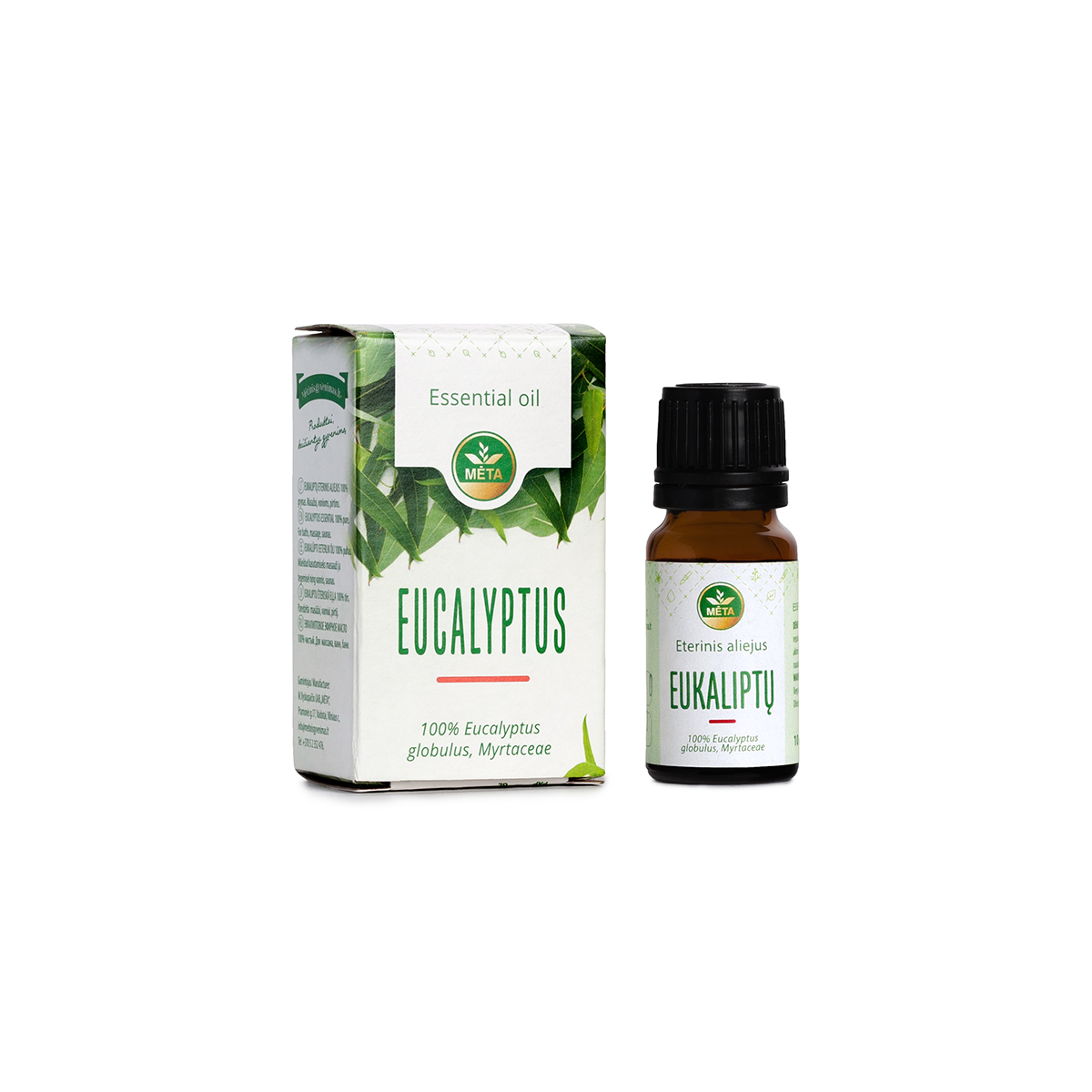

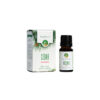


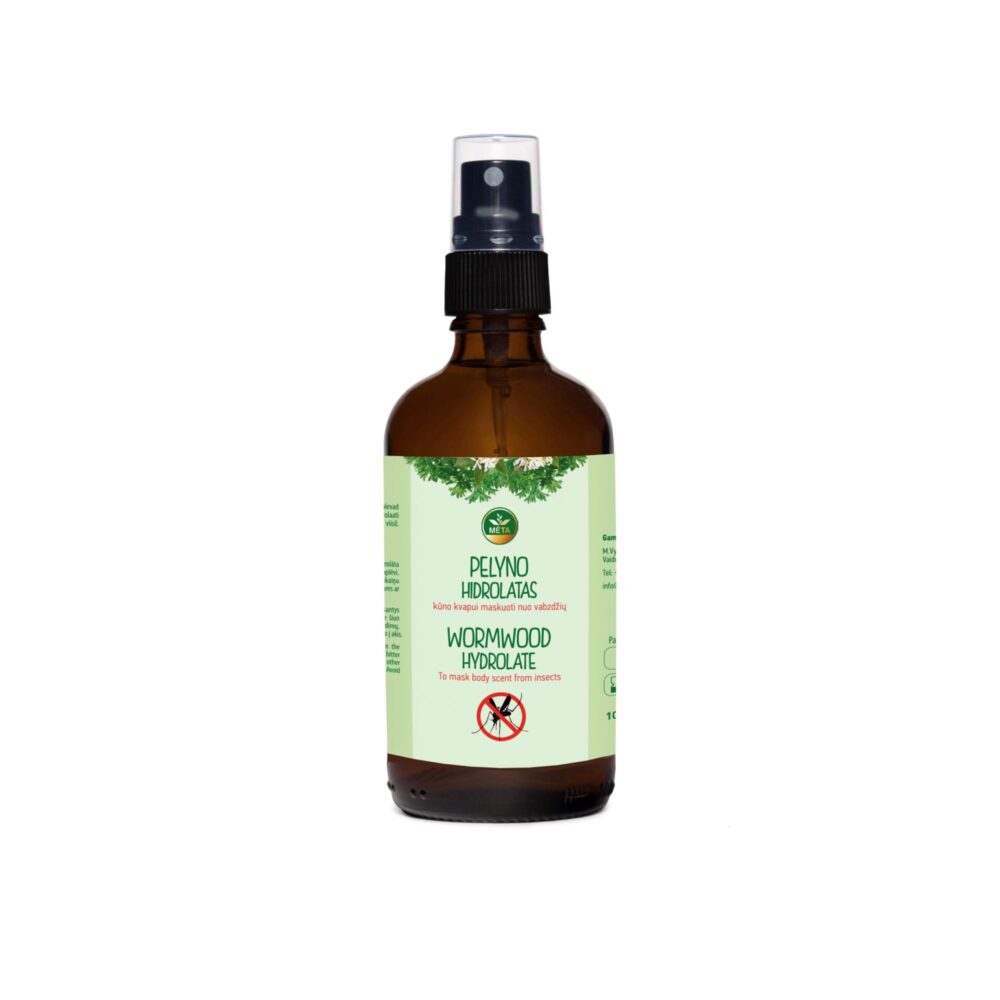
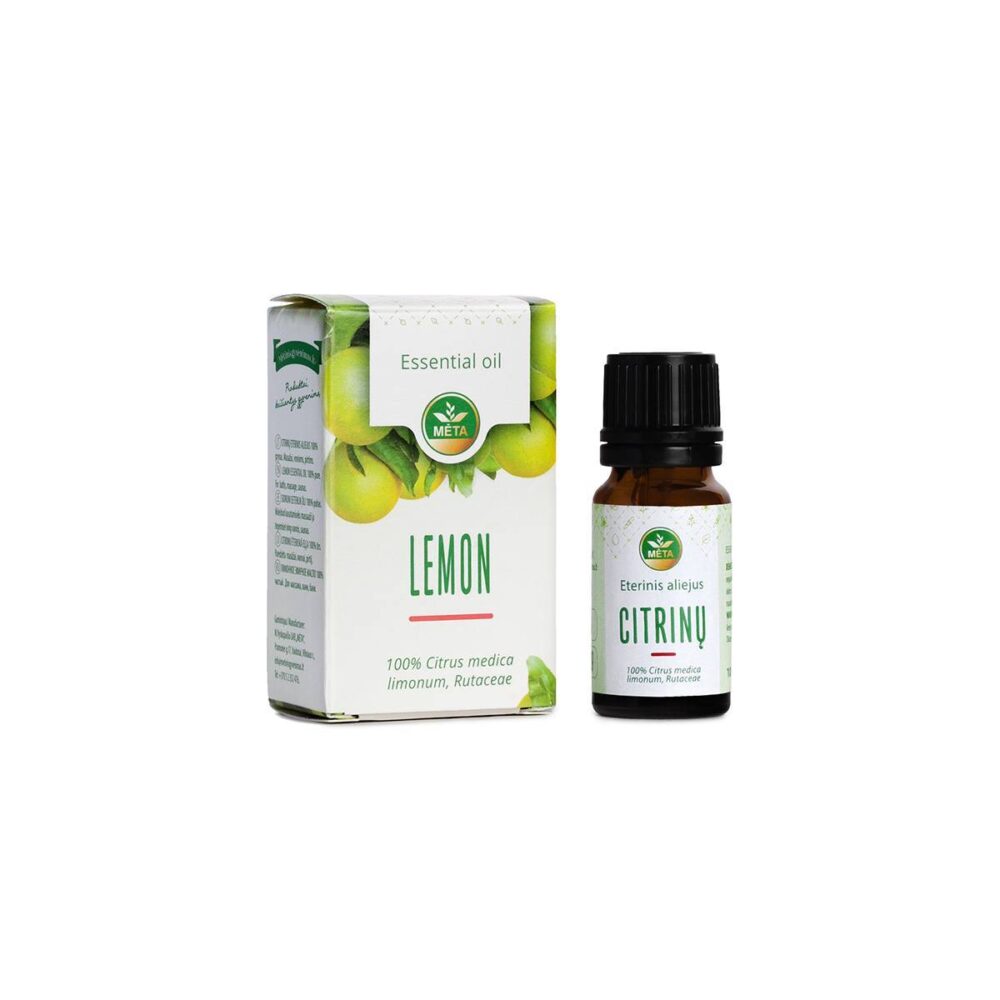
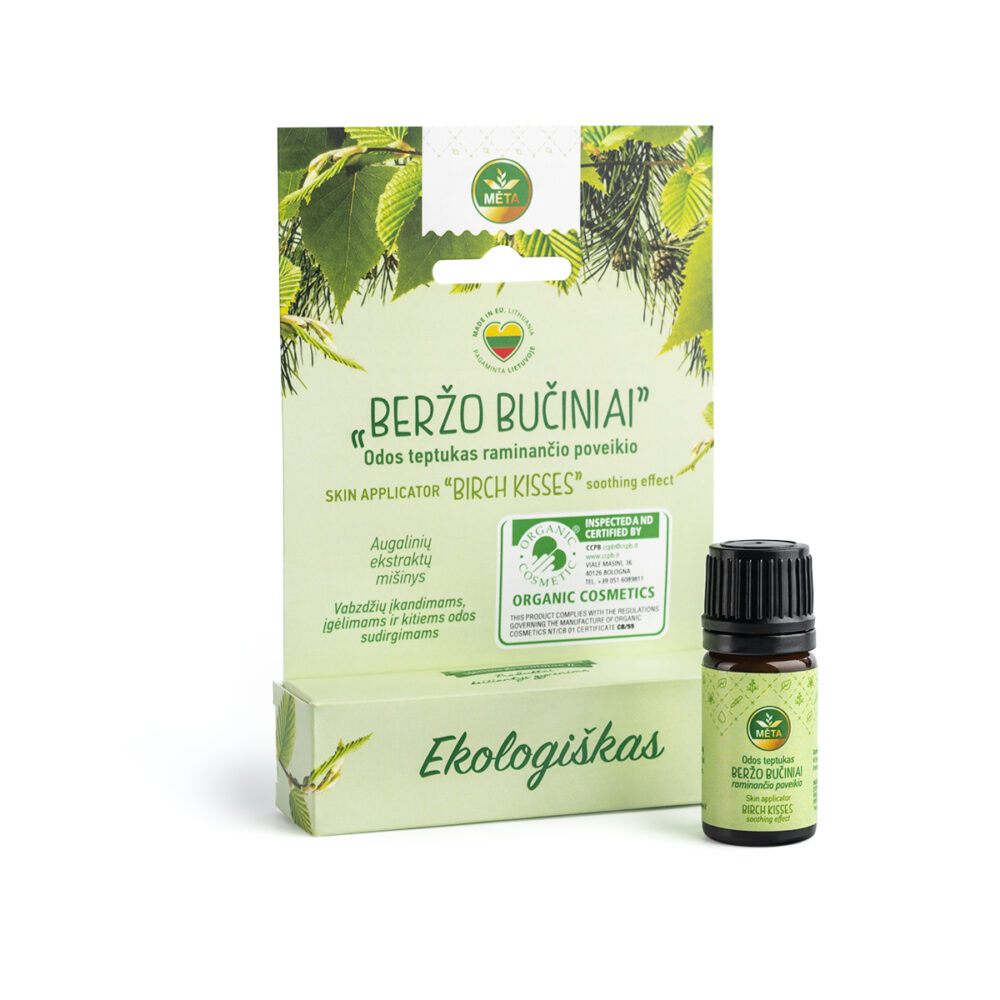
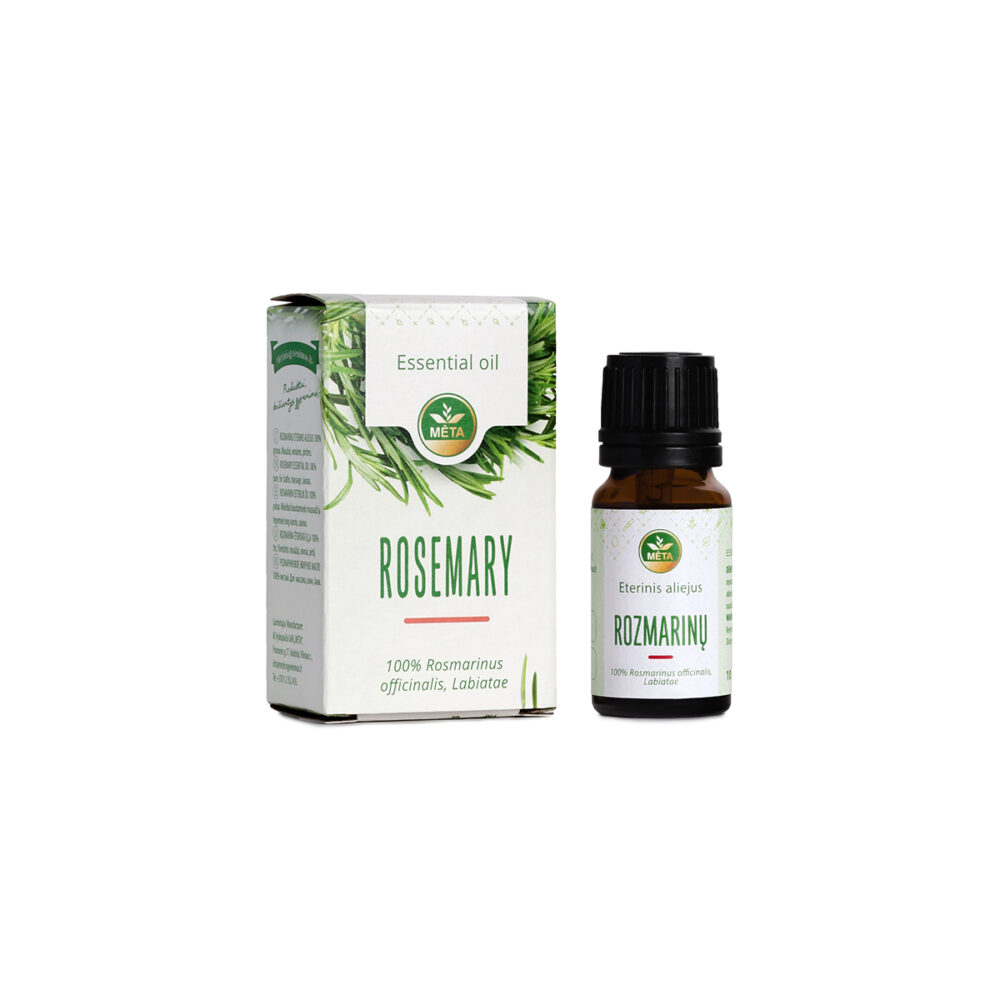
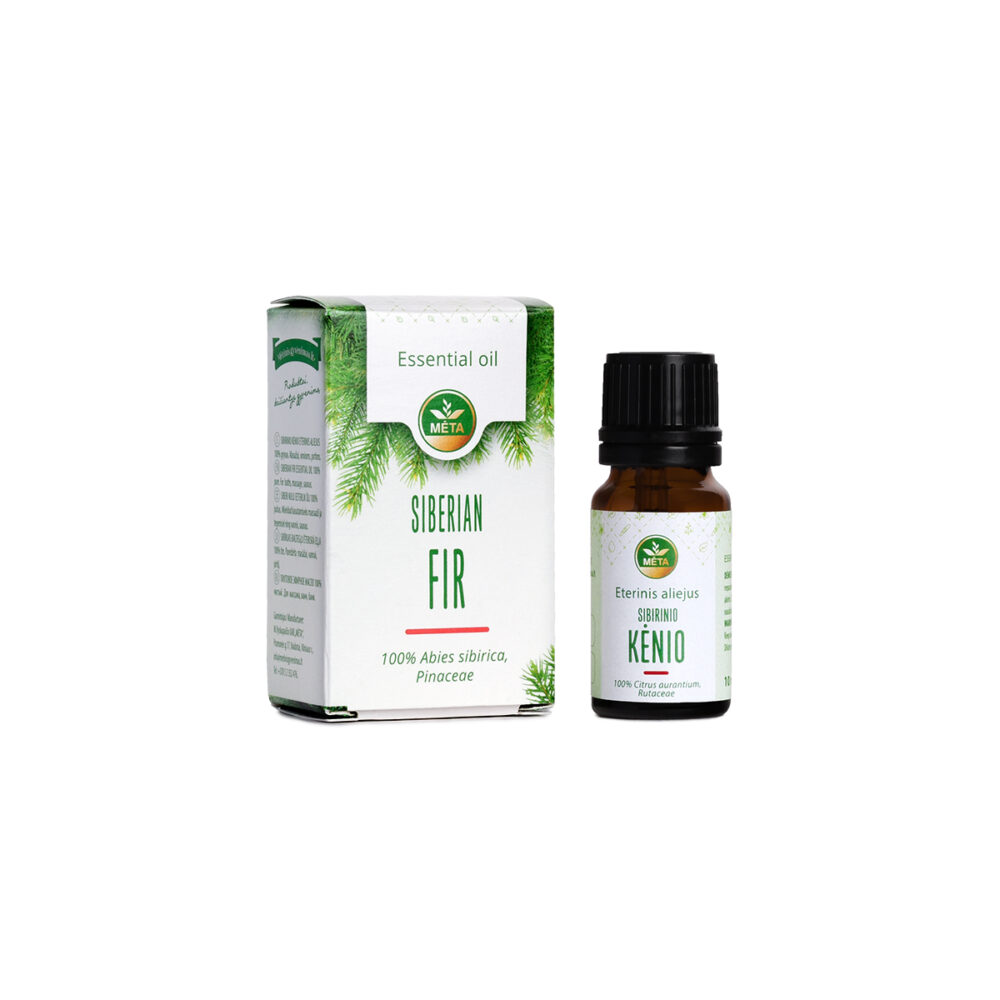


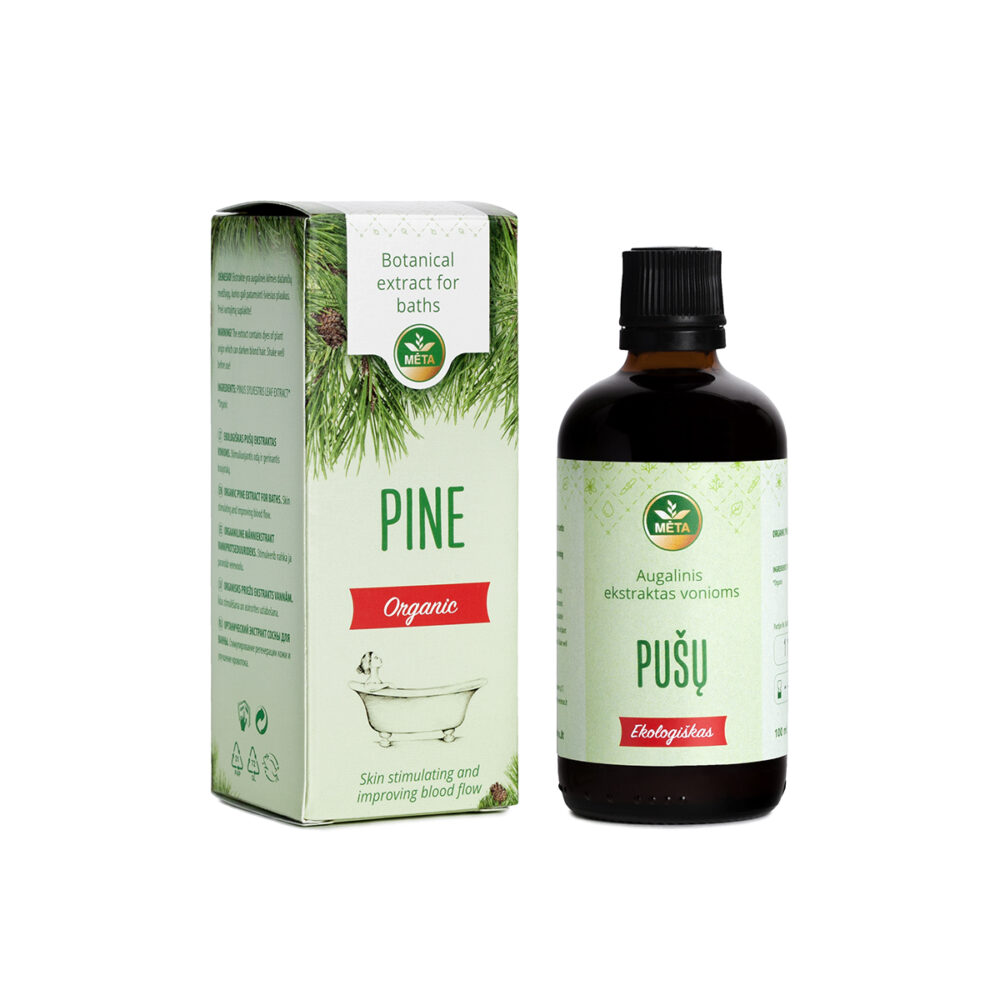

Reviews
There are no reviews yet.